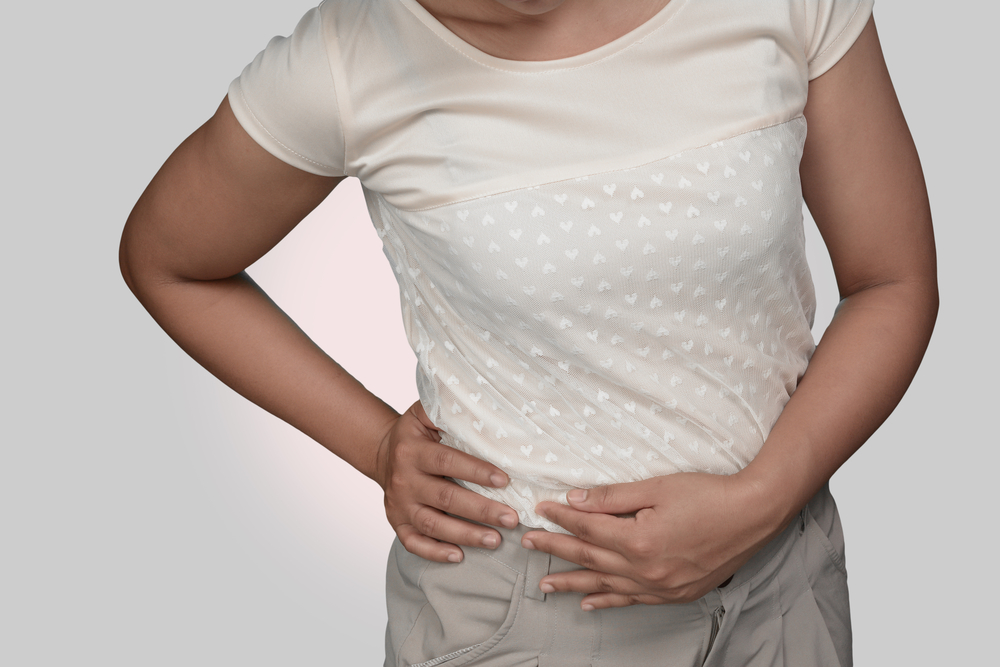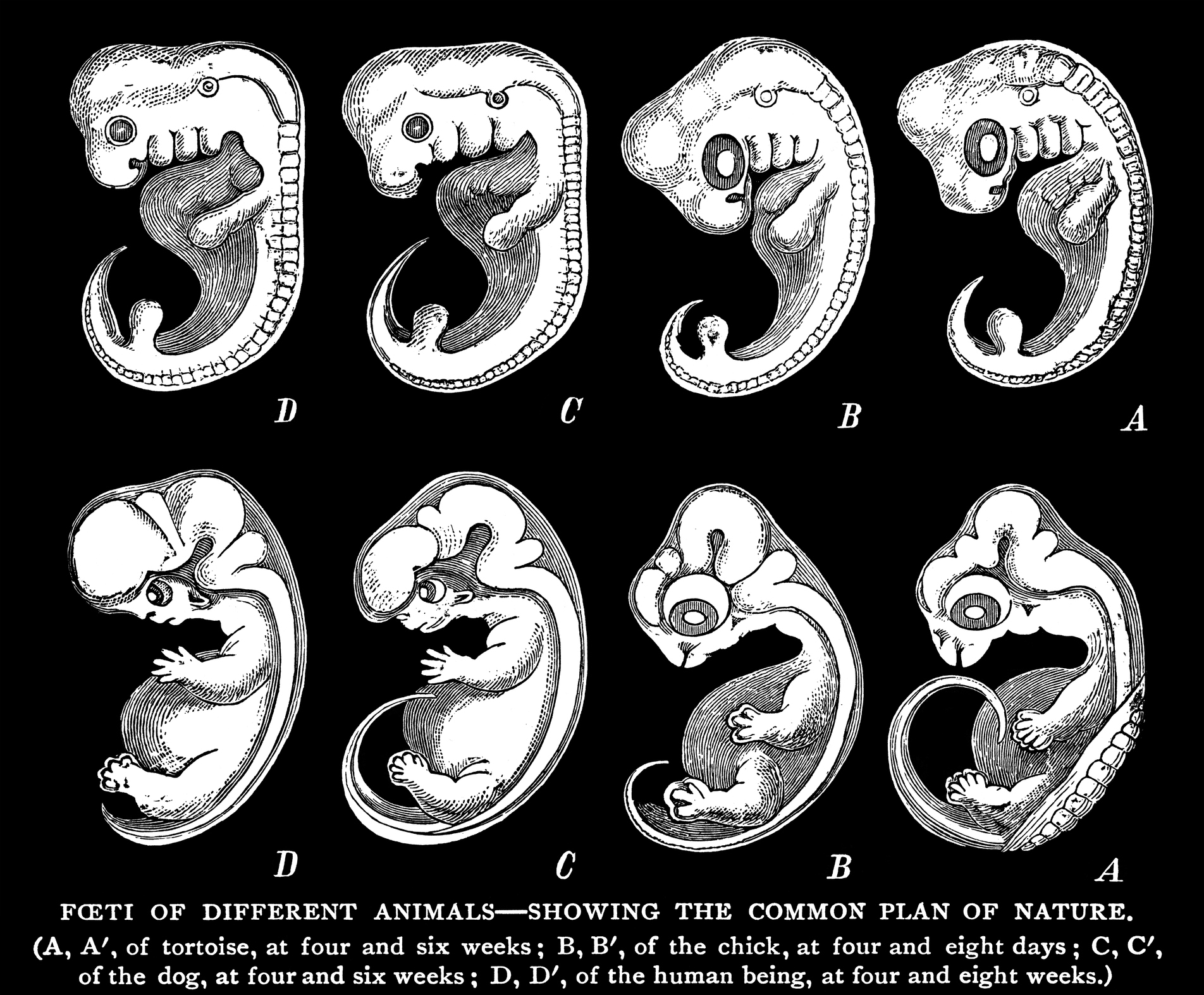Three weeks pregnant: What to expect
In your third week of being pregnant, you may experience these symptoms.

So you've figured out how to get pregnant, and you're three weeks into your pregnancy. Even so, it's possible that a woman won't yet know she's pregnant. There won't be any major outward changes in her body, although some pregnancy symptoms may have started.
A pregnancy's timeline begins the first day of a woman's last menstrual period. Home pregnancy tests are designed to be used a week after a woman's missed period, so she should wait until then to avoid anxiety over a false negative test and to keep from wasting money.
Symptoms to expect
At this stage in the pregnancy, the basal body temperature — your body temperature when you are completely at rest — will be high. You may notice some mild cramping, usually from one side. This pain is called mittelschmerz — German for "middle pain" — is associated with ovulation, when the ovary is releasing an egg. Some women will experience an increase in vaginal discharge or spotting, caused by the egg burrowing into the uterine lining. An absence of spotting is not a cause for concern, as the majority of women do not spot during the first few weeks of pregnancy.
Other symptoms of the pregnancy at this point include fatigue and exhaustion. Also, higher hormone levels direct more blood flow to the breasts, causing them to be tender and sore. The rapidly rising levels of estrogen may even cause a heightened sense of smell. Though morning sickness doesn't usually begin for a few weeks, some women may experience nausea or vomiting at this stage. You may start craving certain foods, while foods that you previously enjoyed will start to taste differently.
Fetal development
In weeks 1 and 2 of pregnancy, the fertilized egg moves into the uterus and becomes a blastocyte, or blastocyst — a very tiny group of cells, the size of the head of a pin. The part that develops into the placenta begins to produce human chorionic gonadotropin (hCG), a pregnancy hormone. The hCG alerts your ovaries to stop releasing eggs and increases production of estrogen and progesterone.
As a result, your uterus will stop shedding its lining, and placental growth will begin. This is the hormone that pregnancy tests look for, so you may be able to take such a test at this time and get proof that you are pregnant. Because this stage is different for each woman, however, you may need to wait a few more days before the test detects hCG.

The area that will become the amniotic sac begins to fill with amniotic fluid, which keeps the fetus cushioned and safe. The blastocyst receives all vital nutrients through blood vessels, though the placenta will eventually take over this task. Basic development continues at this point, with the brain, spinal code, heart and gastrointestinal tract beginning to form.
Get the world’s most fascinating discoveries delivered straight to your inbox.
Diet and exercise
At this point and throughout the pregnancy, you should avoid alcohol, caffeine, recreational drugs and smoking. The fetus will take in everything that you do, and you don't want to inhibit any fetal development. You should also avoid certain medications and foods; consult with your health care provider to make sure none of your medications are harmful to the fetus.
This is when you should start developing good eating habits. To help the fetus grow, What to Expect, a pregnancy advice website, suggests eating three servings of lean protein on a daily basis. This will help with tissue development. One serving is roughly three ounces (85 grams), or the size of a deck of playing cards. This could be lean beef, chicken, legumes or tofu. Lean red meat will also help with your iron intake, which you need to support the increased blood volume. Add some foods rich in vitamin C, like oranges and berries, to help with iron absorption.
Folic acid is also very important at this stage, as is calcium. Leafy greens like spinach deliver both of these nutrients, which help with bone development and avoiding birth defects. Citrus foods are also naturally high in folate, so a calcium-enriched orange juice is a great addition to any breakfast. Talk to your health care provider about adding a prenatal vitamin to your diet.
The American Pregnancy Association recommends talking to your health care provider before beginning or continuing an exercise routine, but exercise is very important at this stage. Focus on cardiovascular health to keep your heart healthy and strength training to help lessen the potential for lower back pain throughout the pregnancy.
Further reading
Learn more about week 3 of pregnancy from the American Pregnancy Association , the signs and symptoms of pregnancy, and the symptoms and causes of Mittelshmerz.
Bibliography
- Nathan R. Brott and Jacqueline K. Le, Mittelschmerz
- Stina Lou, PhD, Michal Frumer, MA, Mette M. Schlütter, MA, Olav B. Petersen, MD, PhD, Ida Vogel, MD, PhD, DrMSc, Camilla P. Nielsen, PhD, Experiences and expectations in the first trimester of pregnancy: a qualitative study
- Allen J. Wilcox, M.D., Ph.D., Donna Baird, Ph.D., Clarice R. Weinberg, Ph.D. Early Pregnancy Study


